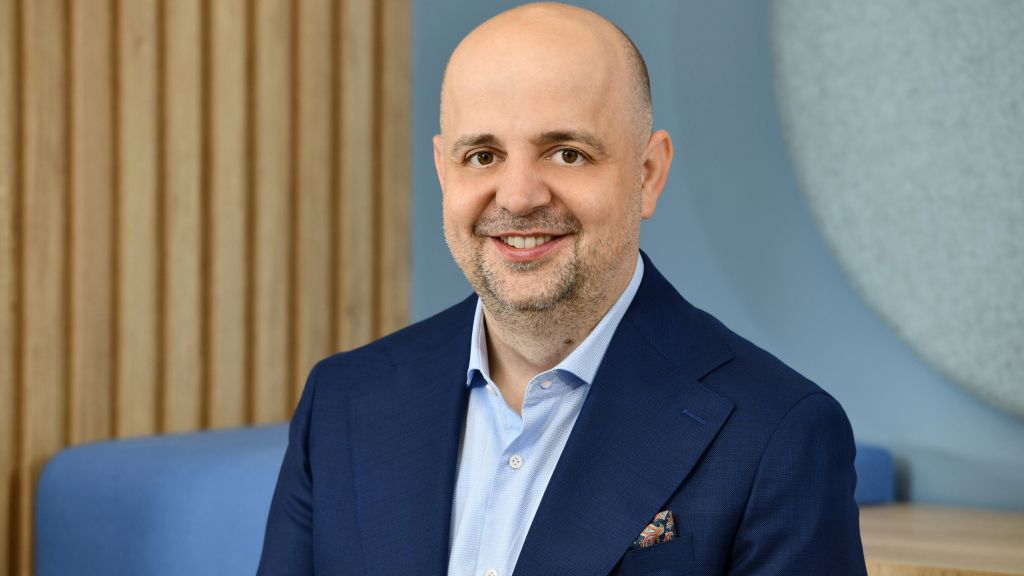One of the most important events on the telecom market this year was the recent auction of new spectrum, which will introduce the next phase of development of the wireless data market. We have seen ANCOM's biggest process of frequency allocation, with bandwidths for wireless services granted for the period 2013-2029, including spectrum in the 800MHz, 900MHz, 1,800MHz and 2,600MHz bands. The auction was successfully completed, reporting an increase by 77% in the spectrum available for mobile communications and raising EUR 682.1 million in license taxes. Amongst the five operators that participated in the auction, Vodafone and Orange won most of the public blocks, for which they paid license fees totaling EUR 228.5 million and EUR 227.1 million respectively. The other three players, i.e. Cosmote, RCS&RDS and 2K Telecom, obtained the rest of the frequencies for a total amount of EUR 226.5 million. This confirms once again the mobile operators’ commitment to the Romanian market in introducing the 4G technology. The use of 4G spectrum will allow for the provision of high-speed internet services in areas of low population density where fixed networks would be prohibitively expensive.
Over the past few years, we have witnessed a continuous atmosphere of increased competition between the three major operators Cosmote, Orange and Vodafone, basing their strategies primarily on price wars, which led to a significant number of subscriptions and penetration rates of up to 130%.
Between July 2011 and June 2012, Cosmote, Orange and Vodafone reported subscription losses, mainly due to inactive subscription discounting, which reached a level of 1.19 million.
Given the market saturation, the operators have shifted their focus on wireless data. In 2012, Orange and Vodafone announced upgrades to wireless data infrastructure. Vodafone already upgraded mobile internet speeds for its highest tariffs to 43.2/5.76Mbps in Bucharest, Constanta and Mamaia. Furthermore, Vodafone expanded its HSPA+ coverage to 30 cities, with speeds of up to 21.6Mbps. At the same time, in 2011 Orange increased its 3G coverage from 55% to 98%. Although there has been a steady decline in the fixed line market over the past years, some signs of market stabilization have been present, driven by moderate subscription increases in the first half of 2011, as fixed-voice services are bundled with broadband and TV services.
As for internet users, ANCOM recent data revealed a slowdown in the growth of dedicated mobile broadband subscriptions compared to 2010 and 2011 respectively. The latest report revealed 0.93 million dedicated mobile broadband subscriptions in 2010, rising to only 1.05 million in 2011. This deceleration in growth could reflect a slow-down in the market. Mobile broadband will become an increasingly important rival to fixed broadband services, since mobile operators offer competitive packages, covering large geographical areas, which could be extended to more rural areas of Romania. However, fixed operators can compete on the speeds they can offer, as well as through bundled triple pay services. Despite the lack of data on the number of internet users in Romania, it is estimated that the country had approximately 9.5 million regular users at the end of 2011, as per the report issued by BMI for Q4 2012.
Growth in the overall telecom market is expected to be modest in the near future. Moreover, the telecom market future evolution heavily depends on the economic environment, purchase power of consumers and regulatory changes as well. However, the increased sophistication in smartphone users corroborated with Romanians’ great appetite for latest technology developments and increased trend in social media instruments adoption might trigger increased 3G subscribers. Facebook’s April purchase of mobile photo network Instagram demonstrates just how important new products and expertise are to web giants seeking to exploit the convergence of mobile and the internet. Furthermore, future 4G technology developments to be implemented on the local telecom market are also an important driver for growth.




























